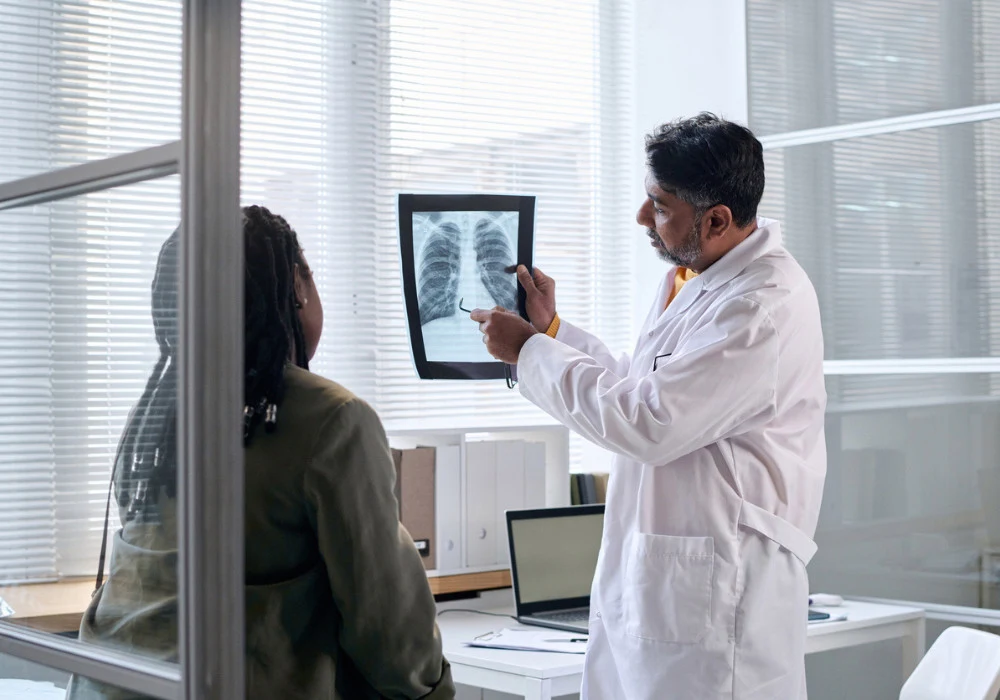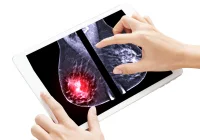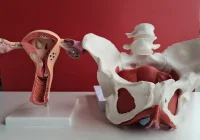Lung cancer remains the leading cause of cancer mortality in women, claiming more lives each year than breast and ovarian cancers combined. Low-dose CT can reduce lung cancer deaths by at least 20 percent through detection at earlier, more treatable stages and evidence indicates that women may benefit even more than men from annual screening. Yet most screening recommendations still target people with significant smoking histories, despite rising incidence in younger women that cannot be fully explained by tobacco exposure. Together these trends point to a need to reassess who is considered at risk, how eligibility is defined and how programmes are designed to reach women who may not meet traditional criteria.
Evolving Risk Beyond Smoking
Risk in women extends beyond tobacco exposure. Contributors include environmental factors, family history and genetic predisposition, alongside sex-specific differences in disease development that show a higher prevalence among younger women than men. Women with a prior cancer diagnosis face a heightened risk of a second primary malignancy, most often in the lung, while a family history of lung cancer increases risk, particularly among women of Asian descent. These observations have emerged alongside an overall shift in incidence toward women, with mounting evidence that lung cancer can behave differently in women, especially those who have never smoked.
Potential biological drivers are under evaluation. Proposed associations link BRCA1, BRCA2 and the tumour suppressor p53 with lung adenocarcinoma, and exogenous hormones may also play a role. In one cohort, women taking estrogen plus progestin for at least a decade had roughly a 50 percent higher incidence of lung cancer after adjustment for age and smoking history. The relationship between breast and lung cancer is drawing particular attention: analysis of more than two million electronic health records showed a two-fold increase in lung cancer diagnoses among breast cancer survivors, with greater risk among those with hormone-receptor negative disease and among women treated with chemotherapy compared with radiation or endocrine therapy.
Towards Personalised Screening
Evidence supports screening approaches tailored to subgroups of women without significant smoking histories. Meta-analysis indicates that low-dose CT detects lung cancer in Asian female never-smokers at rates comparable to those seen in male ever-smokers, with mortality reduction observed even in the absence of first-hand tobacco exposure. Preliminary reporting from the Female Asian Nonsmoker Screening Study further suggests detection rates that exceed those seen in landmark trials, underscoring the potential value of personalised eligibility based on factors beyond pack-years. Early results from the United States align with these findings, strengthening the case for broader risk stratification.
Must Read: Transforming Lung Cancer Screening for Asymptomatic Populations
Any expansion of eligibility requires renewed attention to benefits and harms. Lung screening has excellent sensitivity but lower specificity, which can lead to short-interval imaging and, less often, invasive procedures for benign disease. Advances in artificial intelligence and machine learning offer a path to refine assessment of screening-detected nodules and improve outcomes. Integrating radiomic analysis of low-dose CT with blood-based biomarkers may further reduce false positives, while dedicated risk prediction models are being developed specifically for women who have never smoked in Asia. These tools point toward a multifactorial approach that combines clinical risk models, imaging analytics and biomarkers to individualise decisions.
Awareness, Access and Funding Gaps
Barriers extend beyond technology and guidelines. Public awareness that lung cancer is a major threat to women remains low. In a nationwide survey in 2024, only 10 percent of adults considered lung cancer among the cancers most likely to affect women and a 2020 survey found that only 8 percent recognised lung cancer as the leading cause of cancer death in women. Research investment also lags behind other tumour types, including breast cancer, even as mammography is far more widely utilised than low-dose CT. The result is a paradox in which women participating in breast screening continue to die from lung cancer, highlighting a missed opportunity to identify high-risk individuals in familiar care pathways.
Service design can respond to these gaps. Programmes that combine breast and lung screening have been well received by patients, offering a practical route to improve enrolment of eligible women. Clinical leadership from women in imaging is positioned to accelerate early detection by linking lung screening to other women’s health services, including mammography, and by elevating attention and funding to match the shifting epidemiology that cannot be explained by smoking alone.
The evidence base points to an evolving lung cancer landscape in which women, including those without substantial smoking histories, carry risks that are not fully addressed by current eligibility rules. Low-dose CT can save lives, and a personalised approach that blends risk models, imaging analytics and blood-based biomarkers can sharpen specificity and reduce unnecessary interventions. At the same time, awareness and investment must rise to meet the scale of the challenge, and integrated screening pathways that connect mammography with lung assessment can help close access gaps. Early detection for women is not a niche concern but a system priority with potential to improve outcomes for all people affected by lung cancer.
Source: British Journal of Radiology
Image Credit: iStock










